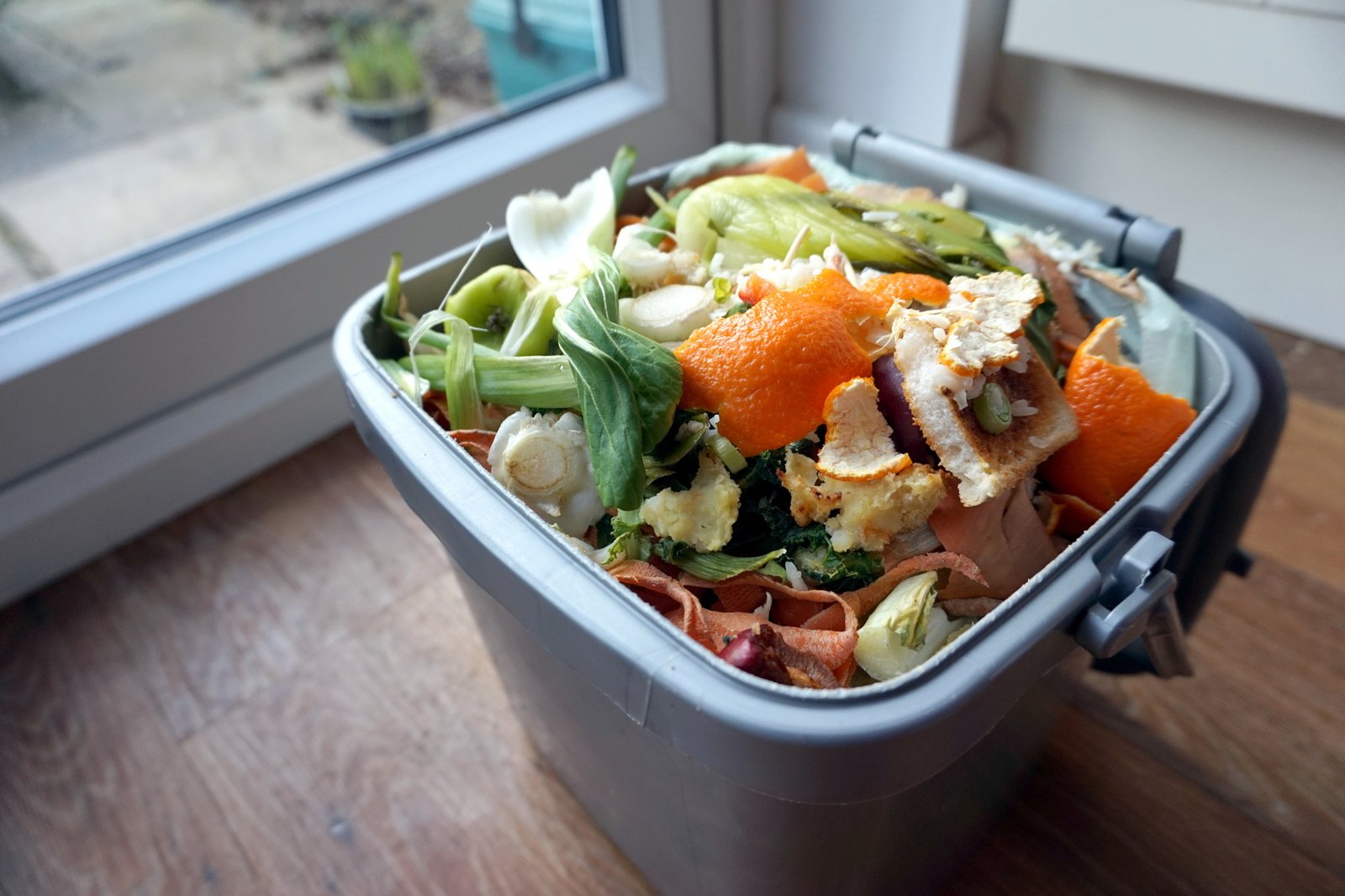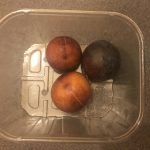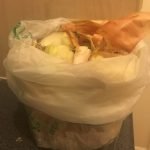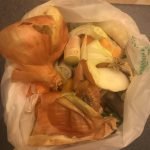3 sustainable ways to dispose of food waste

Certain materials take a long time to decompose but food waste is not one of them as it is much quicker than plastic, cloth, paper and many others. However, food decomposition in landfills is harmful to the environment. It releases methane (CH4) and nitrous oxide (N2O), two greenhouse gases that are at least 28 times more damaging to the environment than carbon dioxide (CO2) according to The Fifth Assessment Report of the Intergovernmental Panel on Climate Change (IPCC).
You can help reduce food waste impact on the environment by planning well your grocery shopping and storing fresh food correctly to extend its lifetime and avoid waste. Despite this, there will always be some food waste such as egg shells, peelings and tea bags and these can be used to produce energy and fertilise soil if disposed of correctly.

Methane produced by the decomposition can be collected and used as a source of energy instead of escaping to the atmosphere and polluting it. Food waste can also be used to produce humus, a rich natural fertiliser for plants. The difference between these two processes is that the first is done in the absence of oxygen and the second needs good aeration. The solid by-product of both can be used to fertilise plants.
There are 3 ways to dispose of food waste in your home:
Home composting
This is a great option if you have a garden as you can produce your own natural fertiliser while recycling your food waste. You can either buy a composter or make your own out of an old bin or container. You can read the full instructions on how to compost at home in this post. Home composting is completely safe and doesn’t attract pests when there is a proper mix of material and good aeration.

Making a wormery
A wormery is a good option to accelerate the composting process. Without worms it can take nine to twelve months to produce a rich compost; worms reduce this time to 45 to 90 days. You can read more about starting your own wormery here. Note that earthworms cannot be used for this, you need to have the recommended worm species for composting.

Local council collection
The easiest way to dispose of food waste is using your local council collection. You can check if food waste collection is available on your local council website or type your postcode here. Read your local instructions on how to handle this type of waste. Usually, you can request a caddy and caddy liners from the council. If the caddy provided is too big or inconvenient for you, you can collect in a smaller container close to the sink or a discrete under counter bin before final disposal. I prefer to use a small plastic container with caddy liners so I can easily collect waste while peeling fruits and vegetables over it. I reuse plastic packaging to do this.
These 3 ways to dispose of food waste can be combined since some materials cannot be used in home composters and wormeries, such as meat and fish. We should reduce the amount of food waste sent to landfill as it produces greenhouse gases that contribute to climate change and global warming. Instead of harming the environment, food waste can be used to produce more food, boost vegetation and provide us clean sources of energy. If you are still disposing of food waste with regular rubbish, search for food waste collection on your local council website and Green It Yourself Now!









